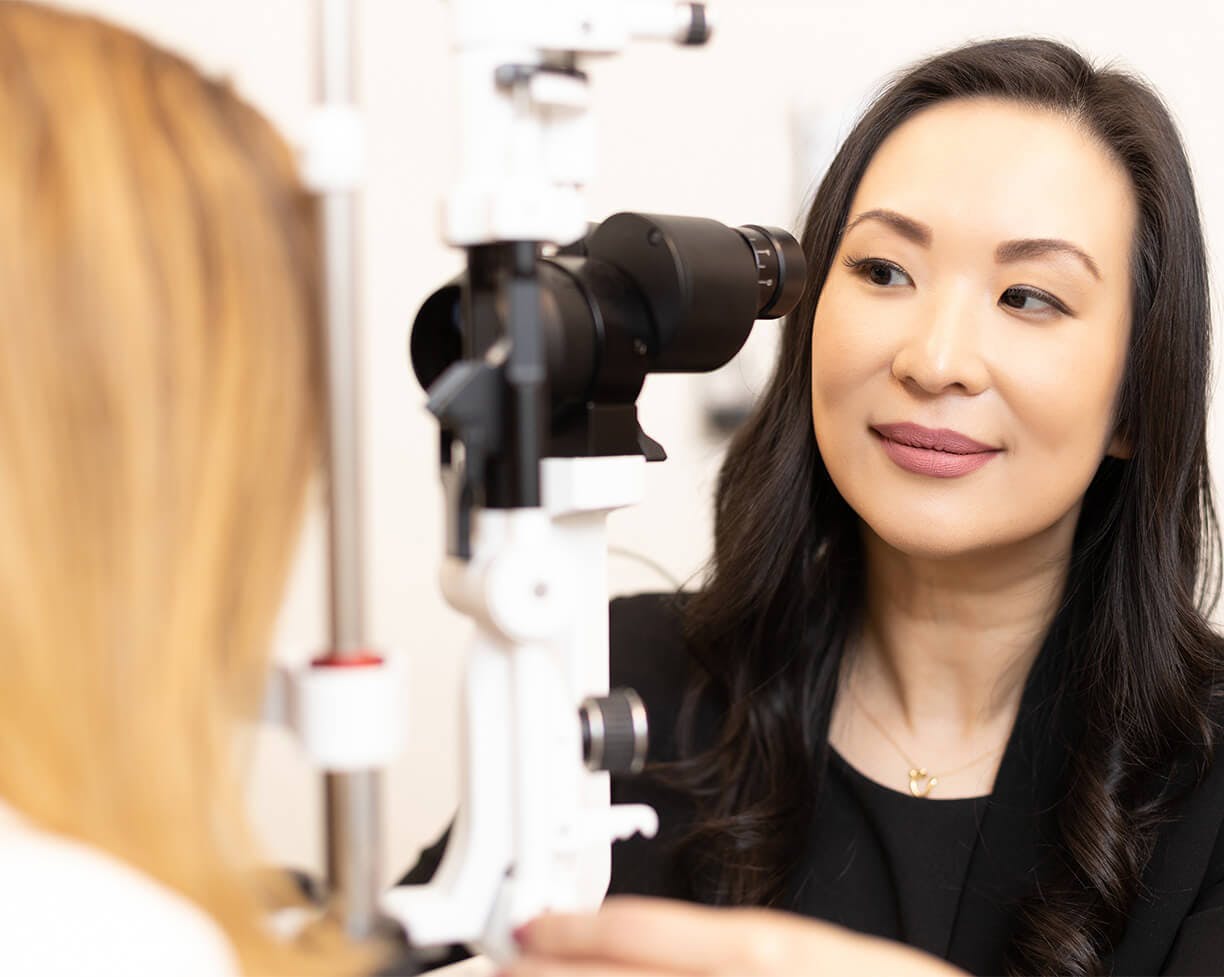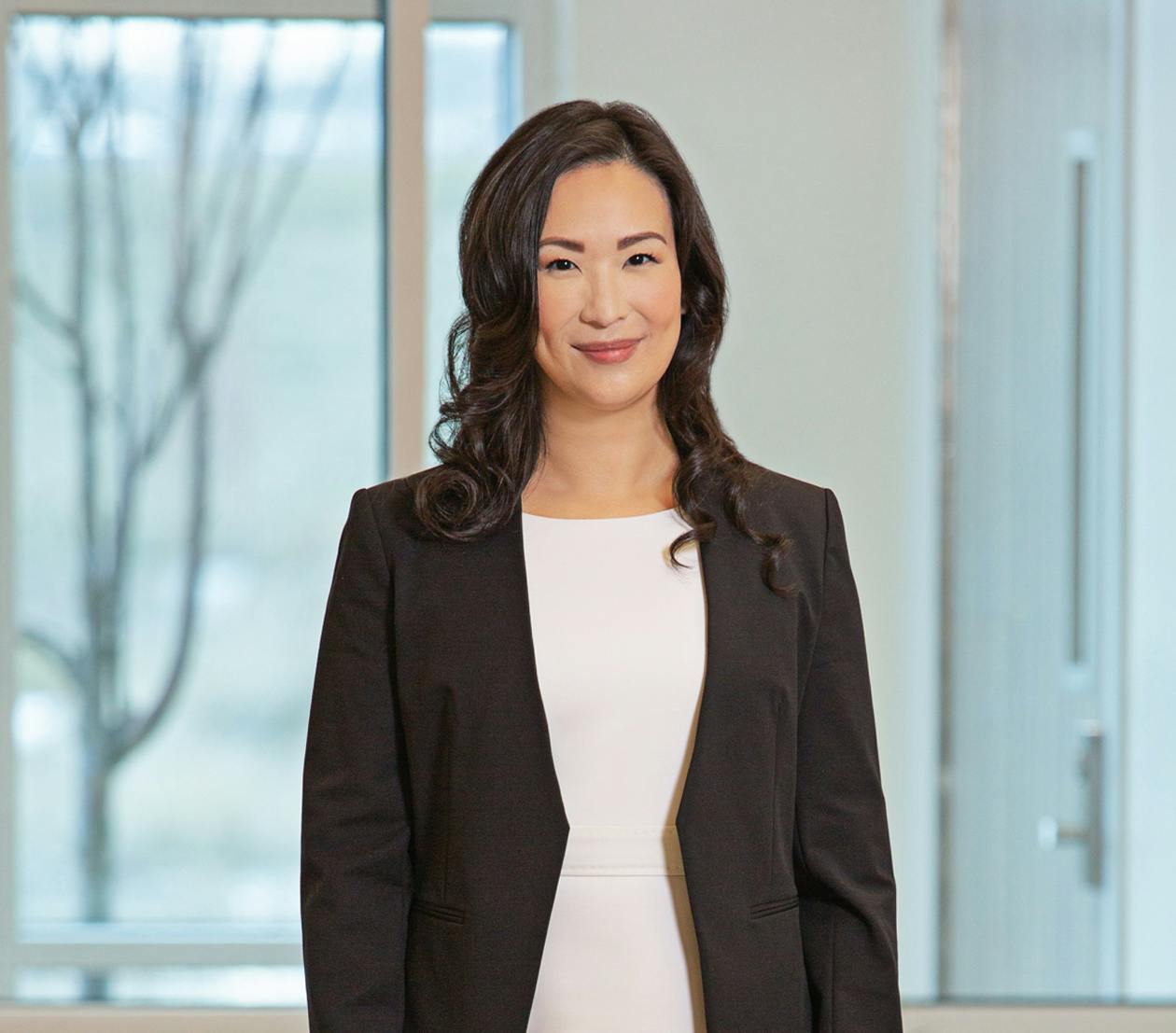Watery eyes can get in the way of activities you enjoy. Constantly having to wipe your eyes can leave you with red eyes or the appearance of being upset. The exact cause of watery eyes can vary but may be caused by a blocked tear duct.
Treatment Options
In some cases, you may find your watery eyes have cleared up on their own, while in others, you may require medical intervention.
To treat watery eyes, you may require a prescription medication. This could come in the form of oral pills or eyedrops. These can be used to treat a present infection. Other methods to treat watery eyes include dilating the puncta and then flushing out the area with fluid.





